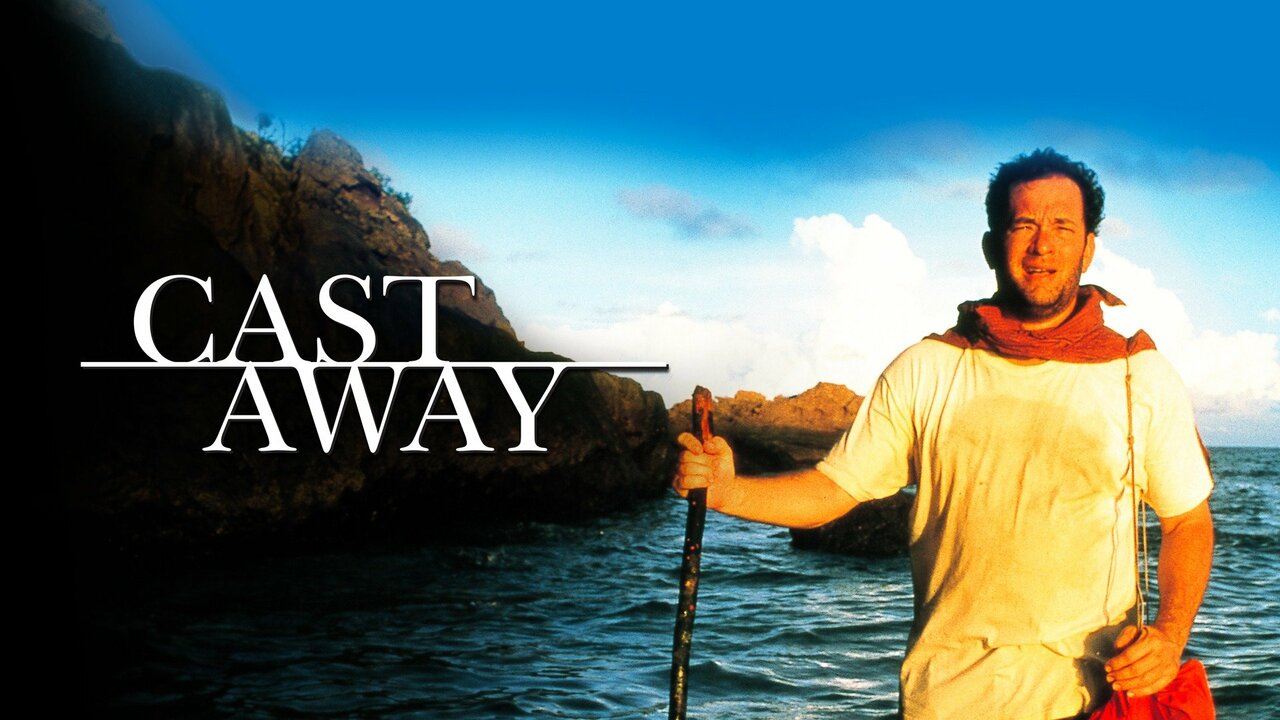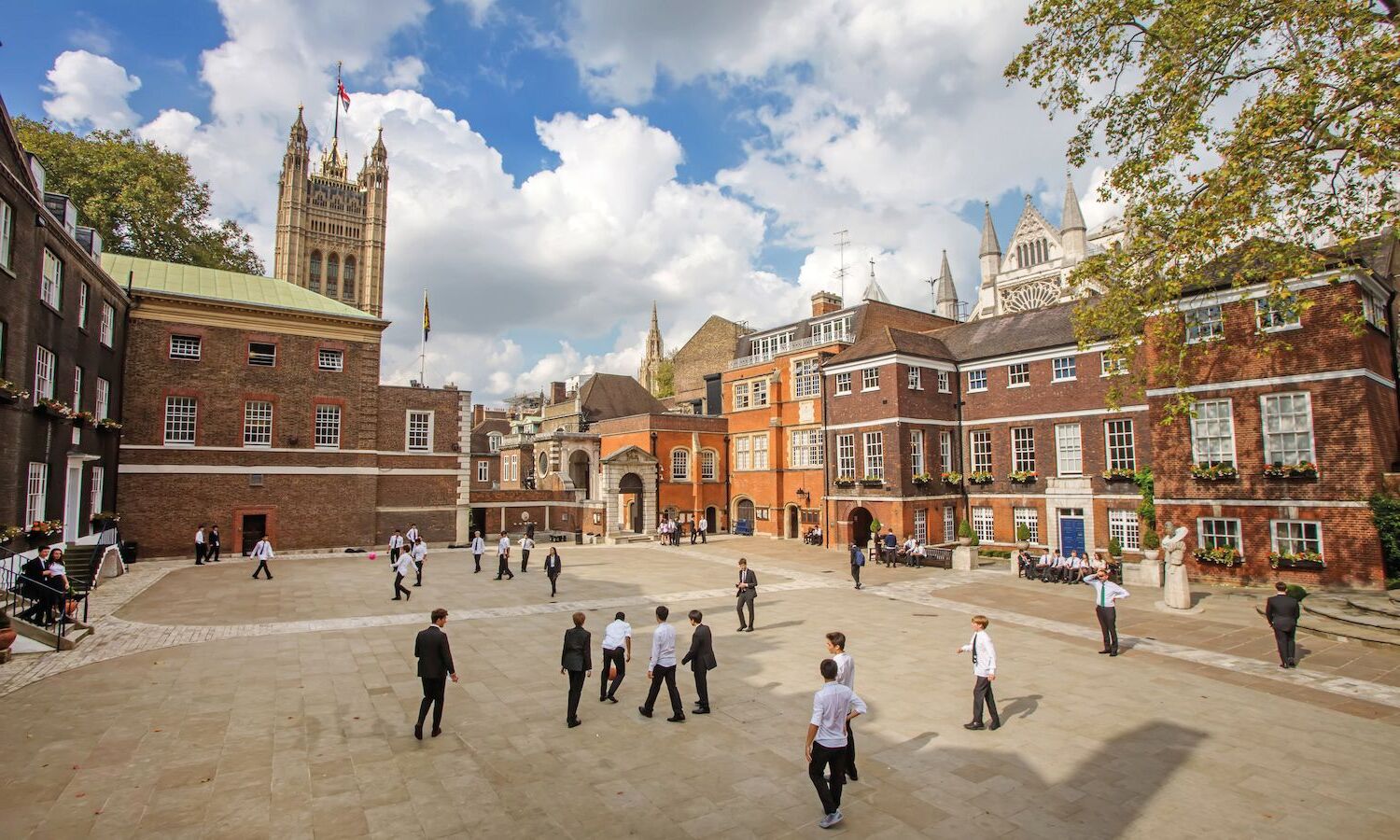
Cast Away, released in 2000, is a gripping survival drama that has captivated audiences around the world. Directed by Robert Zemeckis and starring Tom Hanks in a remarkable performance, the film takes viewers on an emotional journey of hope, resilience, and the indomitable human spirit. The story follows Chuck Noland, a FedEx executive, who finds himself stranded on a deserted island after a plane crash. With no apparent hope of rescue, Chuck must learn to survive in this harsh and unforgiving environment. Cast Away not only showcases Hanks’ exceptional acting abilities but also highlights the importance of human connection and the power of the human will to overcome adversity. In this article, we will delve into 40 fascinating facts about the movie, revealing behind-the-scenes details, trivia, and insights that will enhance your appreciation for this timeless film.
Key Takeaways:
- Tom Hanks’ incredible performance as Chuck Noland in Cast Away earned him an Academy Award nomination and showcased the power of human adaptability in the face of extreme challenges.
- Cast Away’s captivating storytelling, breathtaking cinematography, and timeless themes of survival and resilience have solidified its status as a beloved and enduring cinematic masterpiece.
Cast Away was released in 2000.
The film, directed by Robert Zemeckis, premiered in theaters in the year 2000, captivating audiences worldwide.
Tom Hanks portrayed the main character, Chuck Noland.
Hanks delivered a remarkable performance as Chuck Noland, a FedEx executive who becomes stranded on a deserted island after a plane crash.
The movie was primarily filmed on the island of Monuriki in Fiji.
The stunning landscapes of Monuriki provided the perfect backdrop for the movie’s isolated island setting.
Wilson the volleyball became an iconic character.
Chuck Noland’s best friend and only companion on the island was a volleyball named Wilson, which quickly became a memorable symbol of survival.
Tom Hanks underwent a significant physical transformation for the role.
To accurately depict his character’s journey, Hanks went through a rigorous weight loss and fitness regimen, shedding over 50 pounds during the filming process.
The film explores themes of isolation, survival, and the resilience of the human spirit.
Cast Away delves into the psychological and emotional challenges faced by Chuck Noland as he navigates the harsh realities of being stranded alone.
The screenplay was written by William Broyles Jr.
Broyles Jr. received critical acclaim for his compelling script, which expertly balanced moments of solitude with intense moments of desperation.
Cast Away received widespread acclaim from critics and audiences alike.
The film was praised for its captivating storytelling, exceptional performances, and breathtaking cinematography.
The sound design played a crucial role in creating a realistic atmosphere.
The team responsible for the sound design used a combination of natural sounds and minimalistic musical scores to enhance the immersion of the audience.
The movie showcases the importance of human connection.
Throughout the film, Cast Away emphasizes the significance of relationships and the impact they have on our lives.
Tom Hanks’ performance earned him an Academy Award nomination.
Hanks’ portrayal of Chuck Noland was met with critical acclaim, resulting in an Academy Award nomination for Best Actor.
The film was a box office success, grossing over $400 million worldwide.
Cast Away resonated with audiences globally, becoming one of the highest-grossing films of 2000.
The production team built a fully functional replica of the FedEx headquarters.
To ensure authenticity, a replica of FedEx’s headquarters was constructed for the filming of the early scenes in the movie.
The character of Chuck Noland was inspired by real-life individuals who survived extreme isolation.
Robert Zemeckis drew inspiration from true stories of people who endured similar circumstances, adding a layer of realism to the film.
The movie explores the concept of time and its perception.
As Chuck Noland spends years on the island, the film delves into the profound impact time has on one’s psyche.
Cast Away showcases the beauty and unpredictability of nature.
The film’s cinematography captures the vastness of the ocean and the untamed wilderness, highlighting the grandeur of the natural world.
Helen Hunt plays the role of Kelly Frears, Chuck’s love interest.
Helen Hunt delivers a heartfelt performance as Kelly Frears, Chuck’s girlfriend, who faces her own challenges in dealing with his absence.
The film’s iconic scene featuring Chuck yelling “Wilson!” was largely improvised.
Hanks’ emotional outburst directed towards Wilson was an unscripted moment that became one of the movie’s most memorable scenes.
Cast Away was nominated for multiple Academy Awards.
In addition to Tom Hanks‘ Best Actor nomination, the film received nominations for Best Sound, Best Film Editing, and Best Original Score.
The film’s success led to an increased interest in survival and adventure stories.
Cast Away sparked a renewed fascination with stories of survival and exploration, inspiring audiences to contemplate their own capacity for resilience.
The movie’s message of hope resonates with viewers.
Cast Away’s underlying message of never giving up, even in the face of seemingly insurmountable odds, continues to inspire and uplift audiences.
Cast Away’s soundtrack received critical acclaim.
The film’s musical score, composed by Alan Silvestri, perfectly captures the emotional depth of the story, further immersing viewers in the narrative.
The iconic image of Tom Hanks on the movie poster became instantly recognizable.
Hanks’ disheveled appearance and the solitary figure against the vast ocean became an enduring symbol of the film’s themes.
Cast Away showcases the power of human adaptability.
The film explores how humans have the ability to adapt and find means of survival even in the most challenging circumstances.
The film’s production was temporarily put on hold due to Tom Hanks’ illness.
Hanks fell ill during filming, leading to a suspension of production until he made a full recovery.
The movie’s success propelled Tom Hanks’ career to new heights.
Cast Away solidified Tom Hanks’ status as one of Hollywood’s most versatile and acclaimed actors.
The film’s ending has sparked debates among viewers.
The open-ended conclusion of Cast Away has led to various interpretations and discussions about the ultimate fate of Chuck Noland.
The movie’s production crew faced numerous challenges during filming.
From working in remote locations to dealing with unpredictable weather conditions, the crew overcame multiple obstacles to bring the story to life.
Despite its minimal dialogue, the film effectively conveys complex emotions.
Cast Away relies heavily on visual storytelling and Hanks’ nuanced performance to convey the depths of Chuck Noland’s emotional journey.
The phrase “I’m sorry, Wilson!” has become a popular cultural reference.
Chuck Noland’s remorseful plea to Wilson has been referenced and parodied in various forms of media, showcasing the film’s enduring impact.
Tom Hanks took a break from filming to allow for his physical transformation.
Hanks took a hiatus from production, allowing time for weight loss and physical changes to accurately portray the character’s journey.
Cast Away was praised for its realistic portrayal of survival on a deserted island.
The film’s attention to detail and authenticity in depicting the challenges of survival garnered acclaim from survival experts and audiences alike.
Cast Away’s production crew consulted with survival experts to ensure accuracy.
To capture the essence of survival, the crew collaborated with experts to accurately depict the daily struggles experienced by Chuck Noland.
Cast Away showcases the transformative power of solitude.
The film explores how solitude can shape and transform an individual, leading to personal growth and self-discovery.
Cast Away’s success led to increased interest in other survival-themed movies.
The film’s popularity paved the way for a resurgence of survival films that further explored the human spirit’s resilience in challenging environments.
The movie’s haunting score evokes a sense of isolation and longing.
Alan Silvestri’s composition heightens the emotional impact of the film, reinforcing the isolation and longing experienced by Chuck Noland.
Cast Away’s use of symbolism adds depth to the storytelling.
From Wilson the volleyball representing companionship to Chuck’s transformation representing the endurance of the human spirit, the film is rich in symbolic elements.
Cast Away serves as a reminder of the value of time and how it is spent.
The film prompts viewers to reflect on the importance of cherishing moments and the choices we make with our time.
Cast Away has inspired many real-life survival stories.
The film’s depiction of survival and resilience has inspired individuals who faced similar challenges to share their own stories of triumph.
Cast Away has become a timeless classic in the realm of survival films.
The film’s powerful storytelling, exceptional performances, and thought-provoking themes solidify its status as a beloved and enduring cinematic masterpiece.
Conclusion
Cast Away is an iconic film that has captivated audiences with its compelling story and standout performance by Tom Hanks. From its dramatic depiction of survival on a deserted island to its exploration of the human spirit, the movie has left a lasting impact on viewers around the world.
Through 40 fascinating facts about Cast Away, we’ve gained insights into the making of this remarkable film. From the extensive physical transformation of Tom Hanks to the innovative use of practical effects, every aspect of the movie has been crafted with meticulous attention to detail.
Whether you’re a die-hard fan or a casual movie enthusiast, these facts have shed light on the incredible behind-the-scenes journey that brought Cast Away to life. So grab some popcorn, settle in, and prepare to be amazed by this extraordinary cinematic experience.
FAQs
1. Who directed Cast Away?
Cast Away was directed by Robert Zemeckis, known for his work on films such as Forrest Gump and Back to the Future.
2. When was Cast Away released?
Cast Away was released on December 22, 2000.
3. How long did Tom Hanks prepare for his role in the film?
Tom Hanks dedicated several months to prepare for his role in Cast Away, which included intense physical training and weight loss.
4. Was the island in the film real?
No, the island depicted in the film was a constructed set on the island of Monuriki in Fiji.
5. How long was Tom Hanks alone on the island in the film?
Tom Hanks’ character, Chuck Noland, is believed to have been stranded on the island for four years.
6. Did Tom Hanks actually eat fish and other food on the island?
Yes, Tom Hanks consumed real fish and other food during the filming of certain scenes.
7. Were there any real-life survival experts involved in making the film?
Yes, the crew consulted with survival experts to ensure accuracy in portraying Chuck Noland’s survival techniques.
8. Did Tom Hanks win any awards for his performance in Cast Away?
Tom Hanks received an Academy Award nomination for Best Actor for his portrayal of Chuck Noland in Cast Away.
9. What was the budget of the film?
The budget of Cast Away was approximately $90 million.
10. What is the significance of the volleyball named Wilson in the film?
Wilson the volleyball symbolizes Chuck Noland’s only companion and source of comfort during his isolation on the island.
Inspired by Cast Away's gripping tale? Uncover more fascinating insights into the minds behind this cinematic masterpiece, the enigmatic Robert Zemeckis. Delve into real-life survival stories that echo Chuck Noland's incredible journey, and explore how Cast Away's powerful dramatic elements have left an indelible mark on the film industry. Whether you're a die-hard fan or simply curious about the magic of movies, these captivating articles promise to take you on an unforgettable adventure through the world of cinema.
Was this page helpful?
Our commitment to delivering trustworthy and engaging content is at the heart of what we do. Each fact on our site is contributed by real users like you, bringing a wealth of diverse insights and information. To ensure the highest standards of accuracy and reliability, our dedicated editors meticulously review each submission. This process guarantees that the facts we share are not only fascinating but also credible. Trust in our commitment to quality and authenticity as you explore and learn with us.


